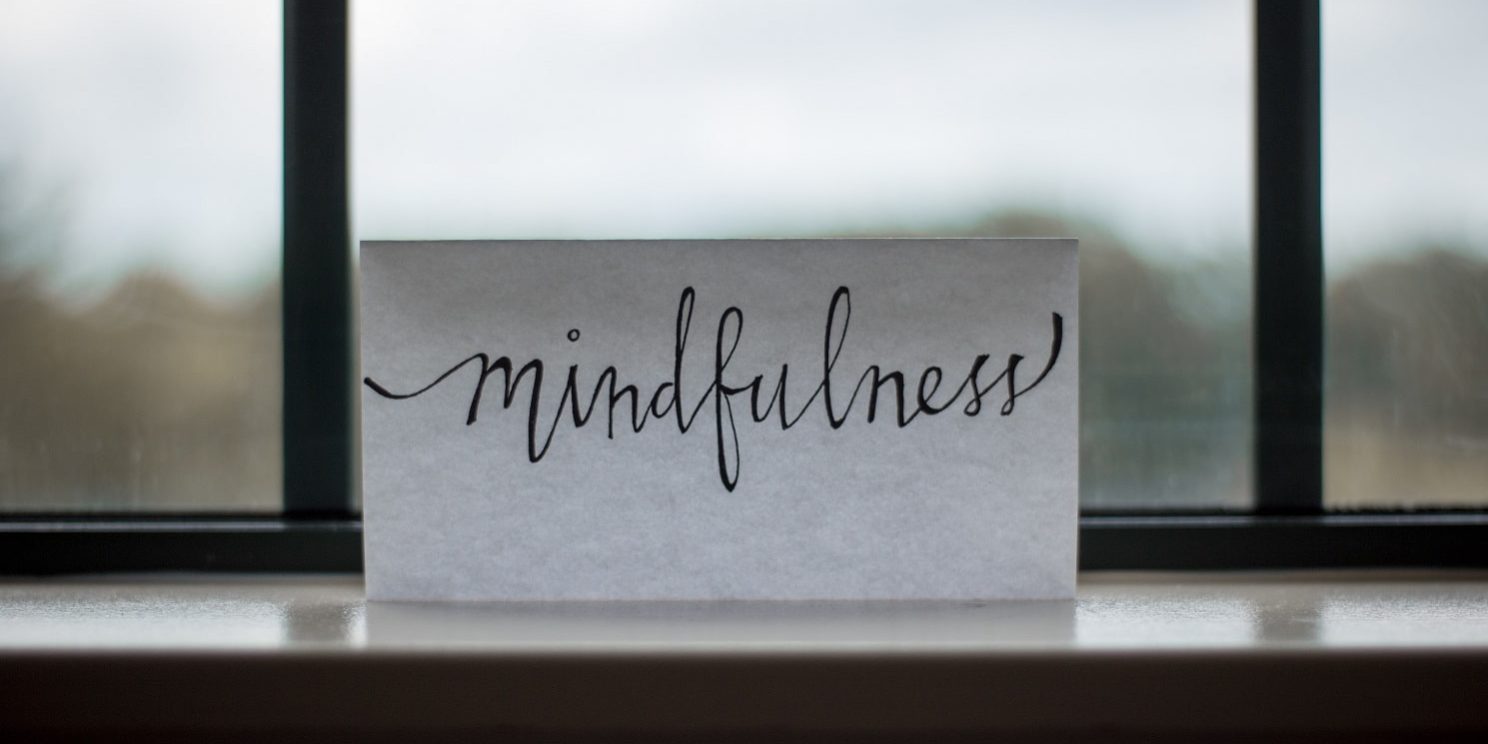Gabbitas consultant Dominic Watts explores how you can incorporate various Mindfulness activities and attitudes into your daily life at home in order to enhance the mental and emotional wellbeing of yourself and your family.
Mindfulness is growing in popularity all over the world in a variety of different contexts. Within education, Mindfulness has become increasingly popular in recent years as a fantastic tool to improve wellbeing not only for children, but for teachers and parents too.
In order to truly understand Mindfulness and make it a significant part of your life or the life of your family, it is necessary to devote time to learning about and practising it. There are daytime and nighttime courses in the UAE and I would highly recommend giving one of these a go if this is a subject which interests you.
Having said this, I hope that reading this article will allow you to start to get a taste of what Mindfulness is all about and the benefits it can bring.
Mindfulness is a way of being; it is a different way of paying attention to the world around us and the way that we respond to it. Jon Kabat Zinn, who brought Mindfulness into the world of medicine, defines it as ‘paying attention in a particular way: on purpose, in the present moment, and nonjudgmentally.’
When we practise Mindfulness we learn that our minds are frequently moving our attention away from the present moment, into the past, future or our imagination. We also find that the many habits of the mind can add an extra layer of unnecessary stress to our lives, which are usually already difficult and stressful enough!
Through the practice of Mindfulness, we learn to see what our minds are doing and to gradually move away from actions and ways of thinking which go against our core values. This goes for adults and children alike.
In a world which far too often seems to emphasise excessive activity and pressure, Mindfulness gives us all a chance to stop, to look again and to be here now, with the world as it is, in this moment.
There are two elements of Mindfulness practice – meditation and mindful living:
Meditation
Meditation needs to be practised to be appreciated and understood. Here are a few basic and brief meditation exercises to try at home with your family. Try to do these at a regular time each day, as it helps to build the habit and make meditation an important part of your day. For more extended meditations, have a look on Youtube or buy one of the many great books out there on MIndfulness.
The Flower
This is a simple technique which is especially great for kids. You simply open and close your hand slowly and gently as though it is the opening and closing of a flower to the light of the sun.
The idea is to match your breathing to the movements of the hand: breathing in as the hand opens, breathing out as the hand closes. The more slowly this is done, the more the mind will relax and slow down.
Try setting a timer for 3 minutes and focussing on both the sensations of breathing and the movements of the hand. This grounds attention in the present moment and makes you feel calm and refreshed.
Finger Tracking
This is another exercise which is great for kids and adults alike, and again you should aim for three minutes. You may need to start at 1 minute and build up to this and that is fine.
Simply trace the lines of your fingers with one finger of the opposite hand, touching very gently. As with the Flower exercise, try to focus on both the sensations of breathing and the sensations in your fingers.
3-Minute Breathing Space
Simply set a timer for 3 minutes and try to focus on the sensations of breathing in your chest and abdomen. As you mind wanders, which it inevitably will, simply bring it back to the sensations of breathing.
The more that you practise, the easier and more effective it becomes!
Mindful Living
An absolutely essential aspect of Mindfulness is attempting to live with mindful attention throughout the day.
There are many exercises to try which will help you to see how mindfulness can transform the most ‘ordinary’ aspects of life into extraordinary moments. These exercises allow you to ground yourself in the moment and get used to remaining attentive and present during the hustle and bustle of real life!
Take one of the following activities each week and try to slow down the process considerably, focussing carefully on everything which takes place: perceptions, thoughts, feelings and sensations.
Try to record what you notice in a journal.
- Brushing your teeth
- Eating a meal
- Making a drink
- Getting yourself ready for bed
Have fun and I hope you enjoy the process of learning what Mindfulness is all about!


